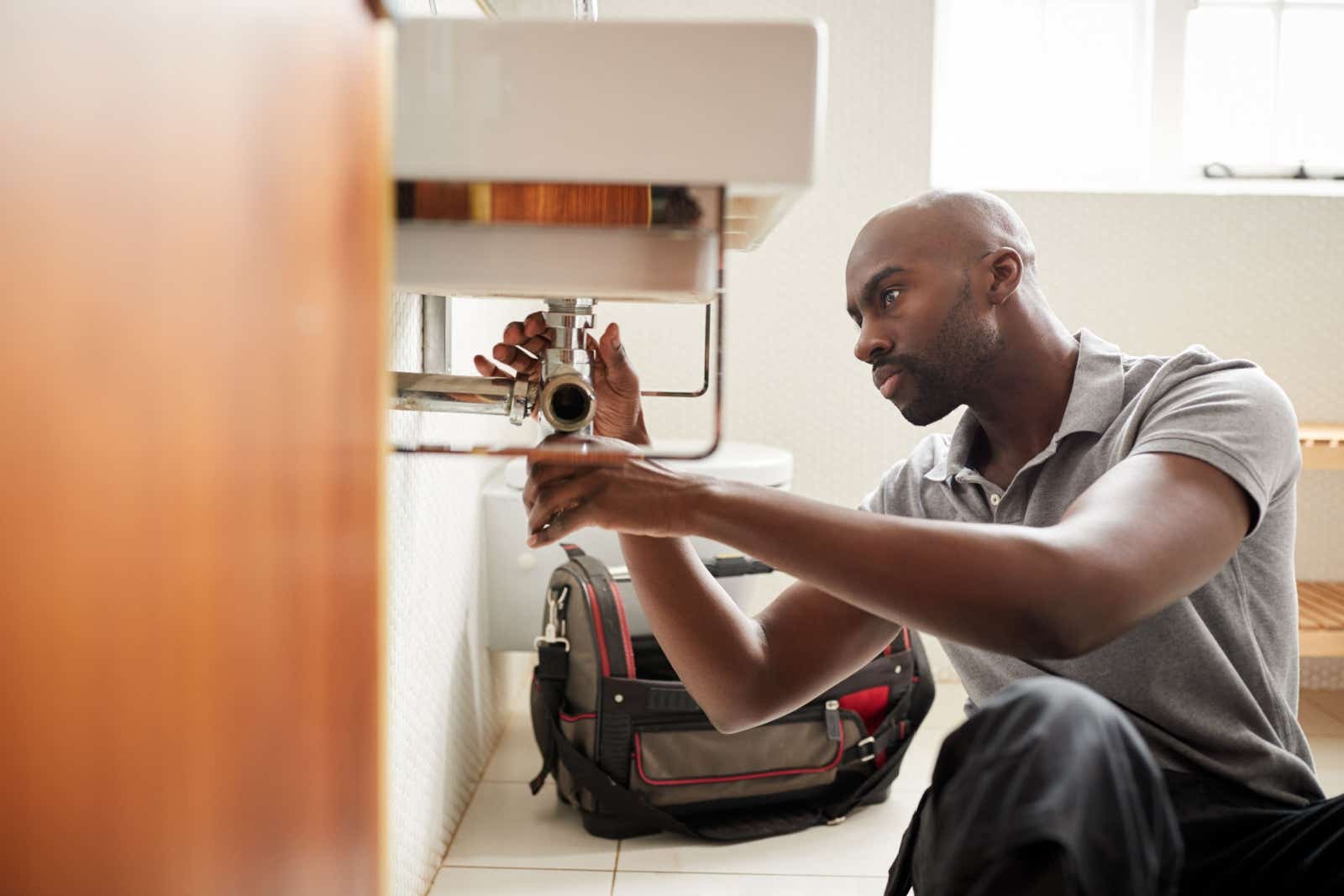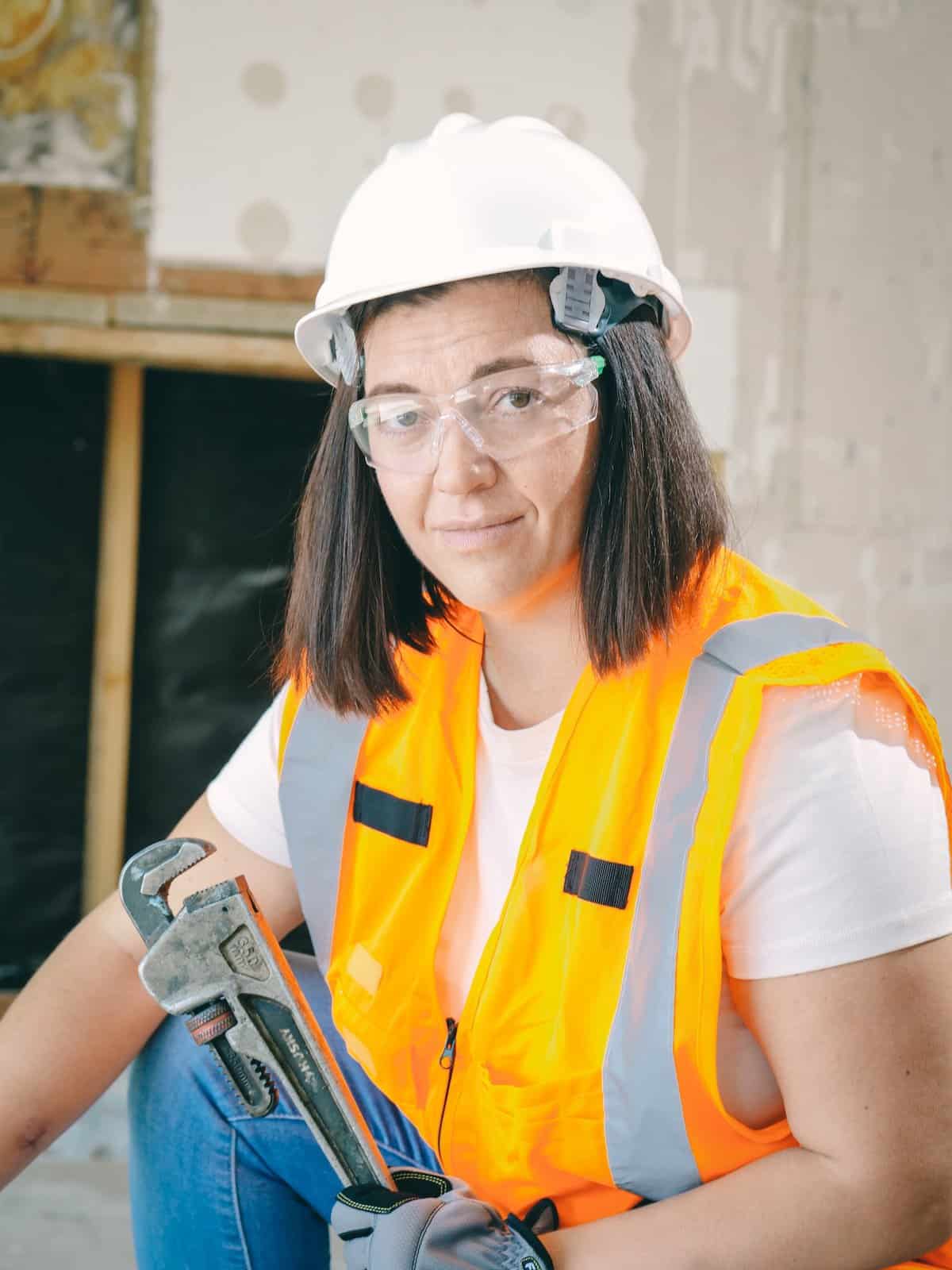Specialist Water Heater Installation Alabaster AL You Can Trust
Specialist Water Heater Installation Alabaster AL You Can Trust
Blog Article
A Detailed Guide to Reliable Water Heater Installation for Optimum Performance
Getting started on the task of mounting a water heating unit is a venture that requires precision and an organized method for attaining optimal efficiency. The procedure begins with the vital choice of selecting the proper heater customized to the details requirements of your household, taking into consideration factors such as kind, dimension, and power resource. When selected, preparing the installment location to satisfy safety requirements is extremely important. Nevertheless, the journey does not finish right here. As you continue, the complexities of linking water lines and establishing dependable electrical or gas connections wait for, appealing insights into guaranteeing effectiveness and dependability.
Selecting the Right Hot Water Heater

Following, think about the dimension and capacity of the hot water heater. It's essential to assess your household's hot water demands, which can differ based upon the variety of occupants and their use patterns. A system that's too tiny might cause inadequate warm water, while a large design may cause unneeded power usage.
Effectiveness scores also play an essential duty in choice. Try to find water heating systems with high Energy Aspect (EF) ratings, indicating superior performance and lowered power usage. Tankless versions, though usually more costly in advance, deal significant energy financial savings with time due to their on-demand home heating capabilities.
Preparing the Installation Location
Before mounting a brand-new water heater, precise prep work of the setup area is essential. It's critical to measure the room thoroughly to fit the water heater's dimensions, making sure sufficient clearance around the system for efficient operation and maintenance.
Next, remove any type of debris, dirt, or obstructions from the site to create a clean atmosphere. Examine the flooring for stability, as the water heater will require a strong, degree surface area to run efficiently. If needed, mount a drip frying pan below the unit to catch prospective leaks or spills, stopping water damages to the surrounding area. In areas susceptible to seismic activity, think about mounting seismic straps to safeguard the heating unit firmly in area.
Furthermore, make sure that all needed tools and products are on hand prior to beginning the installation. This includes things such as wrenches, screwdrivers, a level, and any kind of additional equipment required for mounting and safeguarding the heater. A well-prepared setup area establishes the foundation for an effective hot water heater setup, maximizing performance and security.
Connecting Water Supply Lines
When linking supply of water lines to your freshly installed water heating system, it is essential to make certain that all connections are protected and leak-free to keep efficient operation and prevent water damages. Begin by recognizing the warm and cold water supply he has a good point lines. The chilly water inlet is generally noted with a blue label or a "C", while the warm water electrical outlet is noted with a red label or an "H".
Usage flexible hot water heater adapters to help with a less complicated installment procedure. These ports can absorb vibration and permit for minor movement, reducing the risk of leaks. Before attaching the ports, put a plumbing technician's tape around the threaded ends of the water heater's inlet and outlet pipes - Plumber Alabaster AL. This tape serves as a sealer, stopping leaks. Thoroughly attach the versatile tubes to the respective inlet and outlet, making certain that they are tight however not over-tightened, which could damage the threads.
When links remain in place, gradually switch on the major water shutoff. Examine each connection for leaks by aesthetically inspecting and feeling for moisture. Tighten up connections as essential, and make certain the stress alleviation shutoff is appropriately set up, protecting versus too much pressure accumulation.
Establishing Electrical or Gas Connections
Appropriately establishing up the electrical or gas connections for your water heating system is an important action to make certain reliable and safe procedure. For electrical hot water heater, start by validating that the electrical circuit works with the heating unit's voltage and amperage needs. Guarantee the power supply is shut off at the breaker to stop crashes. Connect the electric wires to the heater following the manufacturer's electrical wiring representation. Usually, this involves attaching the ground wire to the environment-friendly terminal, and the remaining wires to their equivalent terminals, protecting each with cord nuts.
For gas hot water heater, security is vital. Verify that the gas supply is off before proceeding. Connect the gas line to the hot water heater using a flexible gas adapter, guaranteeing it is correctly official site threaded and sealed with pipeline joint substance or Teflon tape appropriate for gas connections. Tighten the connections with a wrench, taking treatment not to over-tighten (Plumbing Alabaster AL).
As soon as links are made, inspect for any type of prospective leakages. For gas lines, use a soapy water option to the joints; bubbles show a leakage. For electric connections, ascertain that all circuitry is protected and properly insulated, preserving compliance with regional electric codes.
Adjusting and evaluating for Performance
With the electric and gas connections safely in place, the next step is reviewing the operational performance of your water heating unit. Begin by very carefully switching on the water and ensuring there are no leakages at any of the joints or shutoffs. When verified, continue to load the tank, taking note of the stress and temperature level settings. It is advisable to set the thermostat to a recommended temperature of around 120 ° F(49 ° C) to stabilize energy efficiency and comfort.
Next, do a comprehensive assessment to make certain the heating components or burner are working appropriately. For electrical heating units, utilize a multimeter to verify if the elements are drawing the ideal existing. In gas designs, observe the burner flame; it should be constant and blue, suggesting reliable burning.
Adjust the settings as essential to remove inefficiencies. Think about applying insulation procedures, such as including a water heater blanket, to additionally boost performance by reducing warmth loss. Additionally, examine the anode rod's problem, as a scrubby pole can decrease performance and cause container deterioration.
Final Thought
Reliable water heater installment is important for making certain optimum performance and energy savings. Securely special info linking water supply lines and meticulously setting up electrical or gas links minimize potential concerns.

Appropriately establishing up the electrical or gas links for your water heater is an important step to ensure reliable and risk-free procedure. For electrical water heating systems, start by verifying that the electrical circuit is compatible with the heating system's voltage and amperage demands. Connect the gas line to the water heater making use of a versatile gas adapter, guaranteeing it is properly threaded and sealed with pipe joint substance or Teflon tape ideal for gas links.
Report this page